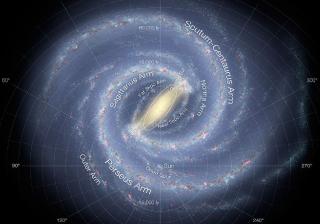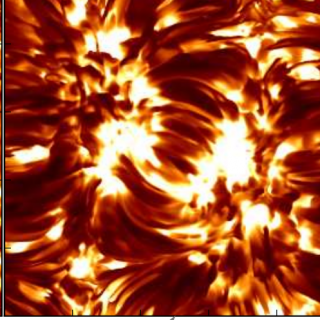Bibcode
Hammersley, P. L.; Cabrera-Lavers, A.; Garzón, F.; Asensio Ramos, A.; González-Fernández, C.
Bibliographical reference
The Astrophysical Journal, Volume 782, Issue 2, article id. 86, 11 pp. (2014).
Advertised on:
2
2014
Journal
Citations
12
Refereed citations
11
Description
While the shape of the extinction curve in the infrared is considered to
be set and the extinction ratios between infrared bands are usually
taken to be approximately constant, a number of recent studies point to
either a spatially variable behavior of the exponent of the power law or
a different extinction law altogether. In this paper, we propose a
method to analyze the overall behavior of the interstellar extinction by
means of the red-clump population, and we apply it to those areas of the
Milky Way where the presence of interstellar matter is heavily felt:
areas located in 5° < l < 30° and b = 0°. We show that
the extinction ratios traditionally used for the near infrared could be
inappropriate for the inner Galaxy and we analyze the behavior of the
extinction law from 1 μm to 8 μm.
Related projects

Morphology and dynamics of the Milky Way
This project consists of two parts, each differentiated but both complementary: morphology and dynamics. Detailed study of the morphology of the Milky Way pretends to provide a data base for the stellar distribution in the most remote and heavily obscured regions of our Galaxy, through the development of semiempirical models based on the
Martín
López Corredoira

Magnetism, Polarization and Radiative Transfer in Astrophysics
Magnetic fields pervade all astrophysical plasmas and govern most of the variability in the Universe at intermediate time scales. They are present in stars across the whole Hertzsprung-Russell diagram, in galaxies, and even perhaps in the intergalactic medium. Polarized light provides the most reliable source of information at our disposal for the
Ernest
Alsina Ballester